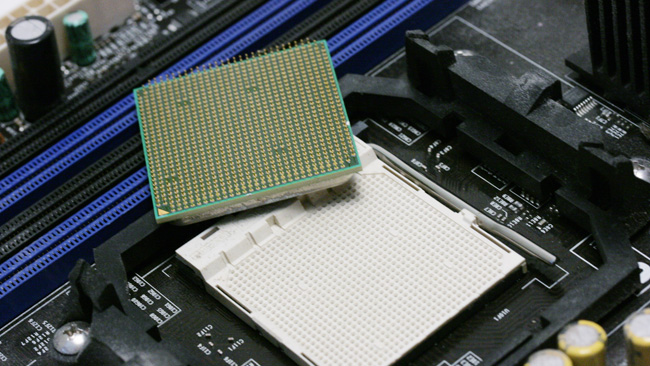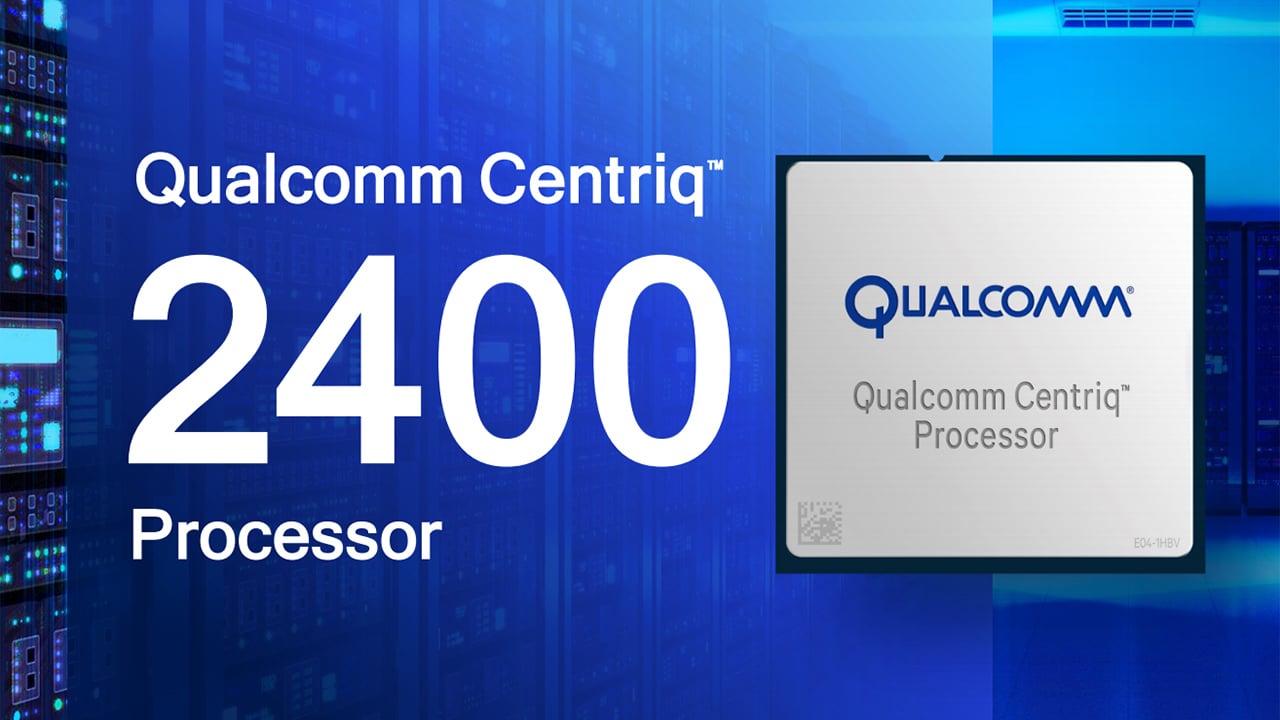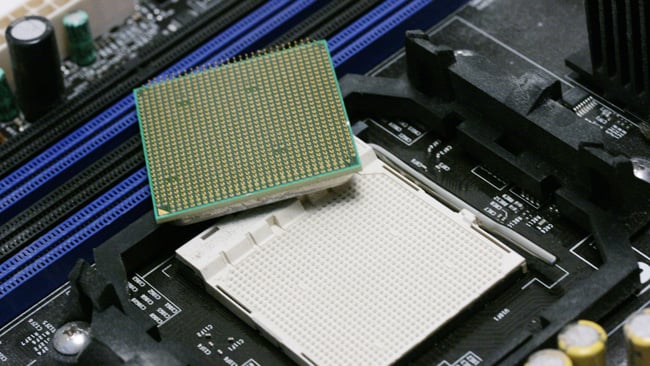

For the first time in a very long while there is a realistic possibility of a competitor to Intel's x86 architecture in the high-performance, rack-mounted part of modern computing.
OK, fine, there are a lot of tablets, phones and a few tiny netbooks out there which have been using ARM chips for ages and therefore there's no great epoch-making change underway, but the availability of Qualcomm's Centriq processor does mark something of a milestone. It's a 64-bit, ARM-based chip with anything up to 48 cores, each of which is based on the ARMV8-A design. This particular core design has been seen before — in Samsung's Exynos 5333 in the Galaxy Note 4 — but used only in its 32-bit mode. Likewise, attempts at an ARM-based server CPU are not new, but previous attempts were limited to 32-bit and weren't particularly well received.
But we can talk about specs all night (and we will some more, below.) But why is this happening? Well, mainly because the big warehouses of computers that make the internet work are very expensive to run because they consume a lot of power. They convert most of that power to heat and therefore consume a whole lot more power in air conditioning. This is true to such an extent that even quite modest improvements in Intel's power-to-performance ratio has led to generations of servers being replaced, with the result that it's recently been quite easy to buy or build big Xeon workstations from the scrapped parts. This works because we don't worry about power and heat too much.

Same work for less power
Big server farms do, though, since they do it in bulk. The concept of cloud computing is to move as much work as possible into the cloud and away from the low-power device in the user's hand. The work still has to be done somewhere, though, and one of the promises of the ARM CPU design is that it should do the same work for less power. Some while ago this was actually slightly dubious. It wasn't necessarily true that an ARM CPU would do the same work as an x86 type for less power, although it was very hard to measure because there were no big, workstation-class ARM CPUs to compare against Intel's best work.
Now there are, although it's clear that the Centriq device has been developed with servers in mind rather than workstation tasks. Such a high core count raises all the problems that have arisen from the gradually increasing core count of more everyday workstation CPUs. These have complicated software engineering to the point where entire new paradigms of programming are being proposed in order to make producing really optimal results from multiple cores easier. With clock speeds more or less stalled, this problem isn't going away, regardless of the type of CPU in use.
The learning from all this is that two very interesting things have happened to the CPU market in the last year or so. First, AMD has released something that's actually quite competitive, at least in certain ways. And second, we finally have a big, meaty, 64-bit ARM device, one with lots of cores, lots of memory bandwidth and a clear intention to compete in big, rack-mounted applications. Whether these developments will take us back to the good old days of the mid-2000s, where competition between AMD and Intel pushed performance forward rapidly, remains to be seen. In the meantime, smart software engineers, particularly of server products, will be examining their code for any signs of potential problems with an ARM port — because it seems possible that this time, it might just happen.
Tags: Technology


Comments